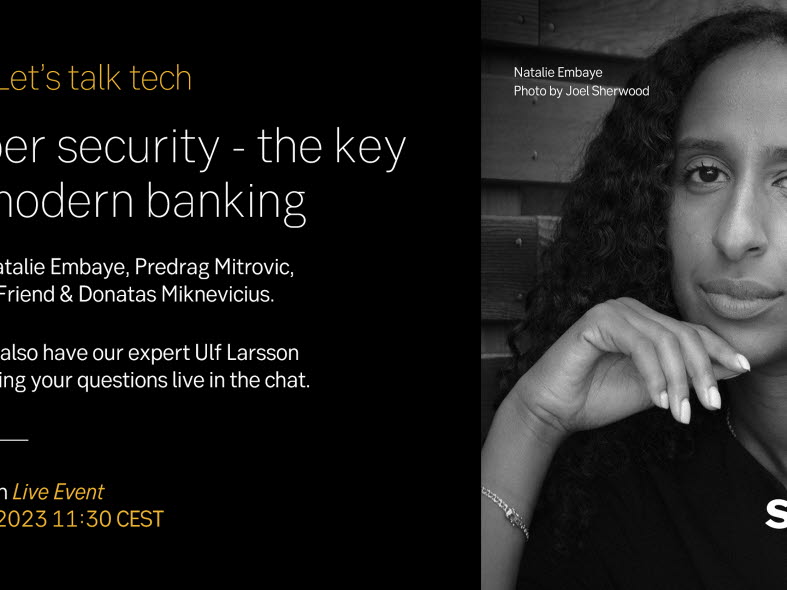Future Proof Cyber Security
Welcome back to the cyber security blog. This time I want to share my thoughts and observations regarding the need to develop a future proof cyber defence.



The last couple of years have been about data centricity and how to make an enterprise more data-driven to the benefits of its customers. We have seen shifts in security ranging from security strategies to secure on-premises infrastructure by the notion of perimeter defences to a Zero Trust paradigm, where the user identity and context gives a risk-based access control mechanism. With the explosion and proliferation of data it is a cumbersome task to keep up with protecting what is the crown-jewels of any organisation: The data itself.
When looking at data protection practices, we first must look at the three basic states for data: At rest, in transit, and in use. Whenever data is stored, it is at rest. When data is processed by any means it is in use. And if data is travelling across networks that data is in transit. Data will reside in public clouds, Software as a Service solutions, 3rd party environments, as well as in private clouds. It will be stored in SQL Databases, NoSQL databases, and other forms of storage systems. In some cases, we see a clear need to secure data in use, and this blog post is looking into that.
Good encryption practices developed over decades are normally used to secure data at rest and in transit. In many cloud services providers (CSP) platforms this is a built-in feature to use for cloud applications via so called service encryption. During the last couple of years, we have seen that the leading CSP's have implemented capabilities to offer services for protecting data in use as well. This development of the data encryption services is due to the maturity and implementation of a set of encryption technologies under the term Confidential Computing (CC).
Did we catch your attention? During our LinkedIn Live event “Let's talk tech: Cyber security – the foundation for modern banking” we can promise you new insights and aha moments on the subject.
CC is providing an encryption solution to secure the data in use by isolating sensitive data and code during data processing. CC is leveraging hardware-based Trusted Execution Environments (TEE) to protect the data that is being processed. Within the TEE are secure enclaves protected by encryption through a key that is unique to the CPU and the application within the secure enclave. Data stays encrypted in memory and is only decrypted when used within the CPU. This isolation makes up a safe place where no un-authorised entity can read, write, alter or remove neither data nor code.
The Confidential Computing Consortium is working to accelerate the further development and there are three different segments that the consortia have defined:
There are already many implementations of Confidential Computing and below is a list (November/December 2022) depicting some of the implementations:
There are two other technologies that are aiming to solve security with data in use: FHE and MPC. These are not in focus in this blog, but they are shortly summarised:
The further development of these privacy-enhancing security technologies is promising. Protecting data in use can provide a foundation for new forms of interactions and collaborations, while preserving the integrity of the most sensitive parts in that collaboration. We need to be a part in this development and adopt use cases that serves either the needs of many or as an added layer for data security when necessary. Confidential computing now offers practical applications for those needs.
Listen in to Predrag and the other amazing speakers at “Let's talk tech: Cyber security – the foundation for modern banking”- March 30 11:30 CEST!


Welcome back to the cyber security blog. This time I want to share my thoughts and observations regarding the need to develop a future proof cyber defence.

Reflections from a cybersecurity training week, with the purpose of picking out a team of young people to represent Sweden in the European championship in cyber defence.

Welcome back to SEB Tech Blog! I hope you enjoy reading our tech blog articles. This time I will discuss non-financial risk. Those of you who read my blogs may remember that I have previously written about non-functional requirements and cyber hygiene.

Do you have feedback or thoughts about future blog articles? Get in contact with us at the e-mail address below.